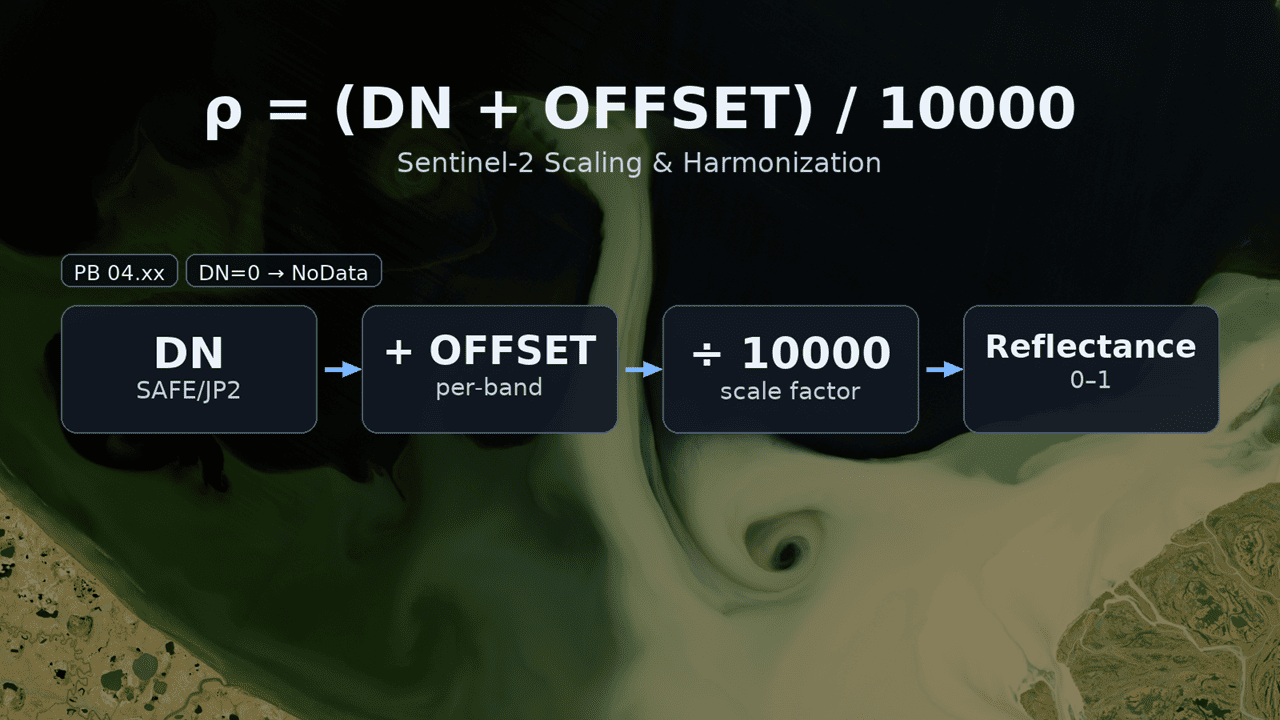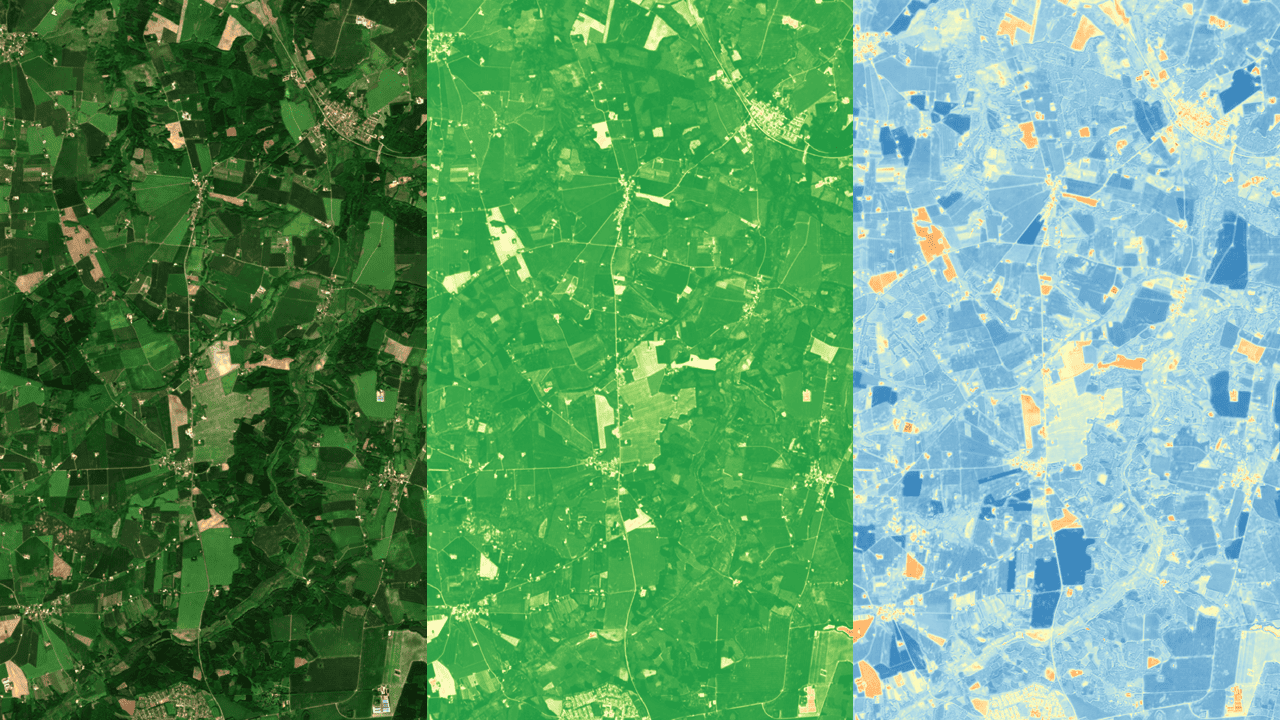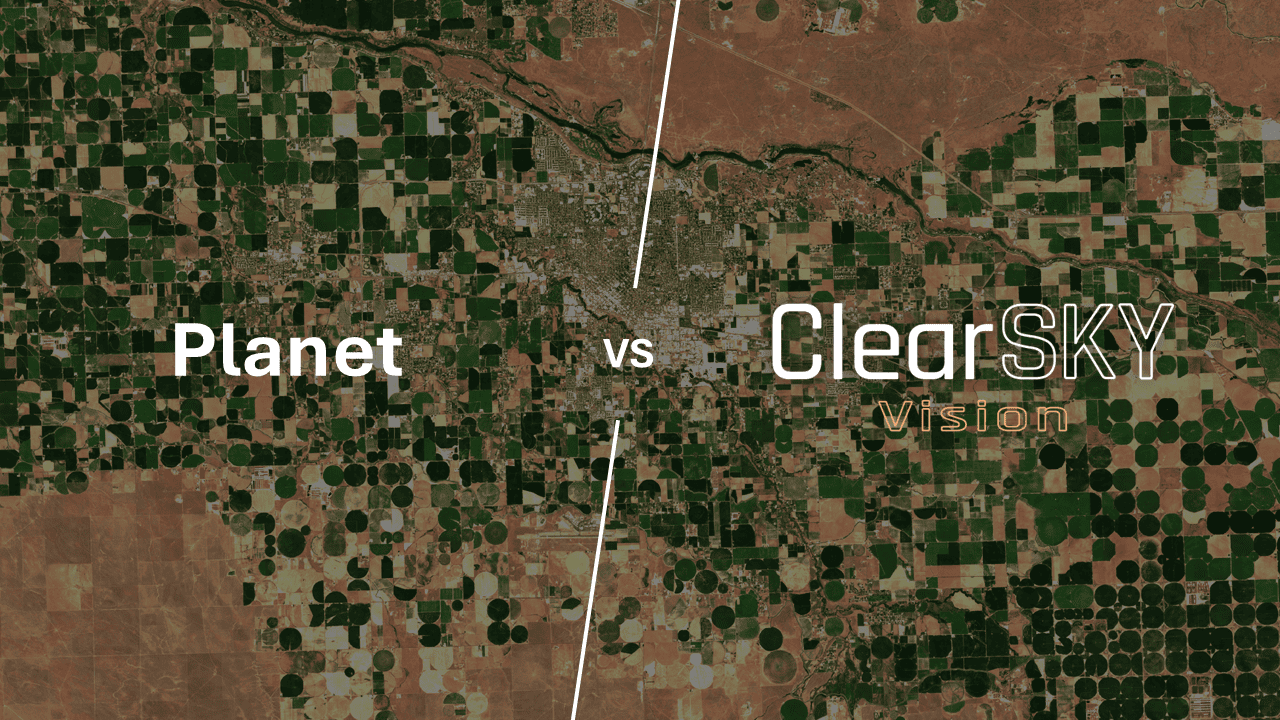Cloud Seasonality Playbook: Best Months for Your Region and How to Plan Requests
2025-08-11 · 4 min read · Cloud seasonality · Cloud-free · Sentinel-2 · ITCZ · Monsoon · MODIS · ERA5 · Planning

TL;DR: Clouds follow reliable seasonal rhythms linked to the tropical rain belt, monsoons, and mid-latitude storm tracks. Use dry-season windows for cloudless basemaps, and target shoulder or clear months for cloud-free daily snapshots. Check a global cloud climatology before you schedule, so your timing is by design, not luck.
Why seasonality matters
Clouds are not random noise. They move with the Intertropical Convergence Zone, shift with monsoon onset and retreat, and pack into winter storm tracks at higher latitudes. If you align requests with those patterns, you wait less for clear scenes and avoid composites that mix very different weather regimes. A good plan starts with a global view, then adds the regional clock for your area of interest.
The global pattern in one pass
Near the equator, a dense cloud belt migrates north and south through the year as the sun moves. This belt anchors the world’s monsoon systems and brings strong wet seasons to land areas it crosses. Subtropical dry zones often show clearer belts and reliable windows. In the mid latitudes, winter brings frequent frontal clouds, while summer tends to offer longer clear spells with local convection. Long records of monthly cloud fraction and reanalysis cloud cover make these patterns visible enough to plan around them.
Regional clocks you can trust
South Asia. The southwest monsoon dominates June to September. Plan cloudless basemaps for the post-monsoon and winter months, typically November to February. Expect heat and haze in April and May that can reduce surface-reflectance quality even when scenes are cloud free.
Southeast Asia. Mainland Southeast Asia usually has a clearer window from November to February, with wet months from roughly May or June into October. Across the maritime archipelago, timing varies by island group, so confirm with regional outlooks before setting fixed dates.
West Africa and the Sahel. The West African monsoon advances north in boreal summer. Most Sahel rainfall and cloud arrive June to September, with clearer skies returning from November to April.
Amazon Basin. Seasonality flips across the equator. North of the equator, the rainy season often peaks June to August. South of the equator it typically runs from about October or November through March to May. The southern Amazon’s forest can help trigger its own wet season, which nudges optimal windows.
Europe. Winter is the cloudiest period over much of the continent due to frequent Atlantic systems. Summer often brings longer clear spells, with a gradient from cloudier northwest Europe to clearer Mediterranean basins.
Southern Africa. The rainy season arrives in austral summer. Many agricultural zones are cloudier from November to March and clearer in winter months, though coastal and orographic effects create local exceptions.
Australia and Indonesia. Northern Australia’s wet season generally spans October to April, with monsoon bursts and breaks that affect day-to-day cloud. Indonesia’s rainy season typically runs October to March, with a drier period April to November that varies by island and ENSO phase.
These are broad guides. Local terrain, land–sea contrasts, and ENSO can shift timing and intensity. Always check monthly maps for your area before locking scheduling rules.
How to plan requests
Start by separating two products. A cloudless basemap is a seasonal layer for digitizing, vegetation masks, and background context. Choose a dry-season window of one to three months that balances completeness with temporal honesty. A cloud-free daily snapshot is tied to a specific date for events and operations. Reserve these for shoulder or clear months when the hit rate is high enough to support decisions.
For equatorial regions split by the migrating rain belt, treat the northern and southern halves independently. If your area crosses a major coast–interior gradient or mountain barrier, consider separate basemaps with captions that state the window used. For long cloudy seasons, stage your year: order a single seasonal basemap early in the dry season, then schedule weekly or biweekly snapshot attempts through the transition months when field work and compliance proofs matter most.
A simple three-step workflow keeps plans grounded in data: review a monthly cloud climatology for the last two decades, pick the driest contiguous one to three months for basemaps, then define snapshot windows that straddle the shoulder seasons with an allowance for ENSO-related shifts.
ClearSKY in practice
You can time requests to your season, but you do not have to. ClearSKY can produce historical composites and same-day products quickly, so planning overhead stays low. Order when you need data and receive it later the same day in most cases. For basemaps, request a multi-week window for your AOI and choose your projection. For cloud-free daily snapshots, give us a nominal date and we will return a same-day composite that never borrows future pixels. If you need indices with the delivery, include them in Bandnames so NDVI or related layers arrive alongside the multispectral bands at no additional cost.


